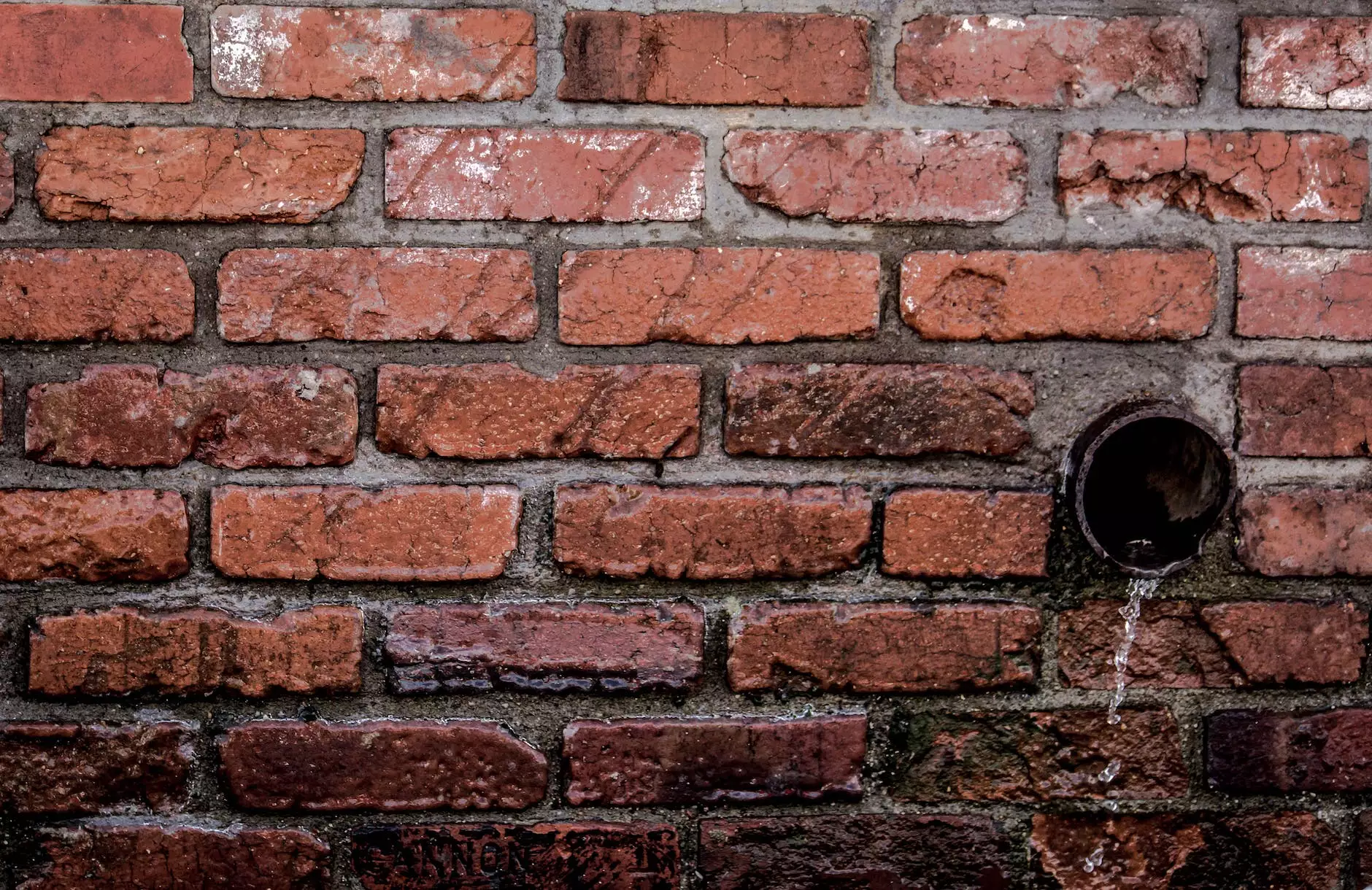Understanding Street Sweeper Machines: A Comprehensive Guide

Street sweeper machines are an essential component of urban maintenance and cleanliness. These powerful machines are designed to remove dirt, debris, and litter from the roadways, sidewalks, and public spaces, thereby enhancing the aesthetic appeal of cities. But their benefits extend far beyond mere appearances; street sweeper machines play a crucial role in maintaining public health, supporting sustainability efforts, and preserving the infrastructure of our cities.
The Importance of Street Sweeper Machines
The role of street sweeper machines in urban environments can't be underestimated. Here are a few key reasons why they are vital:
- Environmental Benefits: Regular street cleaning helps to prevent pollutants from entering storm drains, which can lead to waterway contamination.
- Improved Public Health: By keeping streets clean, these machines help to minimize health hazards related to dirt, dust, and debris.
- Enhanced Aesthetics: Clean streets contribute to the overall attractiveness of a city, which can boost tourism and local businesses.
- Infrastructure Maintenance: Regular sweeping prevents the buildup of materials that could damage road surfaces or infrastructure.
- Community Pride: A clean city fosters a sense of pride among residents and encourages community involvement in cleanliness initiatives.
Types of Street Sweeper Machines
There are several types of street sweeper machines, each designed for specific tasks and environments. Understanding these types can help cities and municipalities choose the right machine for their needs.
1. Mechanical Broom Sweepers
Mechanical broom sweepers are one of the most common types of street sweepers. They use rotating brooms to agitate and gather debris onto a conveyor, which then deposits it into a hopper. These machines are ideal for heavy debris, while their simplicity and efficiency make them a popular choice among municipalities.
2. Vacuum Sweepers
Vacuum sweepers utilize suction to collect dirt and debris. They are particularly effective in capturing fine particles and dust, making them suitable for environments that require high cleanliness standards, such as city centers or residential areas.
3. Regenerative Air Sweepers
Regenerative air sweepers combine the benefits of vacuum and mechanical sweepers. They use a powerful air stream to lift dirt into the machine, separating it from the prevailing air. This method is highly effective in collecting fine particles, ensuring that roadways are left impeccably clean.
4. Compact Sweepers
Perfect for narrow streets and tight spaces, compact sweepers offer agility without sacrificing performance. Their size allows them to maneuver easily in urban environments, ensuring that hard-to-reach areas can also be maintained.
5. Electric Sweepers
As cities increasingly focus on sustainability, electric sweepers are becoming more popular. They emit no greenhouse gases and operate quietly, making them ideal for cleaning during night-time hours or in residential neighborhoods.
Features of Modern Street Sweeper Machines
The latest models of street sweeper machines come equipped with advanced features designed to enhance their efficiency and effectiveness. Here are some noteworthy features:
- Dust Control Systems: Many modern sweepers are equipped with water spray systems that suppress dust, ensuring higher air quality during operation.
- GPS Tracking and Route Optimization: Advanced technology allows for precise tracking of sweeping routes, optimizing efficiency and resource allocation.
- Operator Comfort: Ergonomic cabins with air conditioning and advanced controls ensure that operators remain comfortable and focused during long shifts.
- High-Performance Filters: State-of-the-art filtration systems capture even the smallest particles, preventing pollutants from escaping back into the air.
- Durability: Built with robust materials, modern sweepers are designed to withstand tough environments and heavy use, ensuring longevity and lower maintenance costs.
Benefits of Using Street Sweeper Machines
The adoption of street sweeper machines in cities brings numerous benefits, not only to the municipal governance but also to the citizens and businesses operating within urban environments. Some of these benefits include:
- Cost-Effective Maintenance: Regular street cleaning can extend the life of roads and infrastructure, reducing the need for expensive repairs.
- Increased Safety: Removing debris reduces the likelihood of accidents and improves the overall safety of roadways for pedestrians and drivers alike.
- Enhanced Community Engagement: A clean city encourages residents to take pride in their community and engage in local beautification initiatives.
- Supporting Local Businesses: Clean streets create a more inviting atmosphere for shoppers and tourists, positively impacting local business revenues.
- Regulatory Compliance: Many cities have regulations demanding a minimum level of cleanliness, and street sweeper machines help municipalities adhere to these standards.
Choosing the Right Street Sweeper Machine
Selecting the appropriate street sweeper machine for your needs involves considering various factors. Here’s a guideline on what to evaluate:
1. The Type of Debris
Understanding the types of debris common in your area will help determine whether you need a mechanical broom, vacuum, or regenerative air sweeper.
2. Size of the Area
Evaluate the size of the streets and spaces you need to clean. Larger areas may benefit from wider sweepers, while narrow alleys might require compact models.
3. Operating Environment
Consider whether the sweeper will be used in high-pollution areas or near residential spaces where noise is a concern. Electric sweepers are preferable for noise-sensitive zones.
4. Budget Constraints
It’s important to balance your operational needs with your budget. While higher-end models may provide advanced features, sometimes a simpler machine may suffice.
The Future of Street Sweeper Machines
As urbanization continues to accelerate, the demand for street sweeper machines is expected to grow. Future innovations may include:
- Automation: The introduction of autonomous sweepers may revolutionize the cleaning process, reducing manpower costs and increasing efficiency.
- Sustainable Technologies: Innovations in energy sources, such as solar or hybrid systems, could further reduce the environmental impact of street cleaning.
- Enhanced Data Collection: Smart technology may facilitate real-time data collection regarding street cleanliness, enabling more proactive maintenance.
- Improved User Interfaces: Future models may feature intuitive controls and augmented reality systems for operators to improve safety and efficiency.
Conclusion
In conclusion, street sweeper machines are indispensable to maintaining the cleanliness and attractiveness of urban environments. By understanding their types, features, benefits, and future developments, municipalities can make informed decisions about their street cleaning strategies. Investing in quality street sweepers not only enhances the public health and safety of city dwellers but also contributes to a stronger sense of community pride and environmental stewardship. As technology continues to evolve, we can anticipate even greater advancements in street sweeping solutions, leading to cleaner, greener, and more vibrant cities.
For more information on street sweeper machines and how they can benefit your city, visit ceksansweepers.com.









